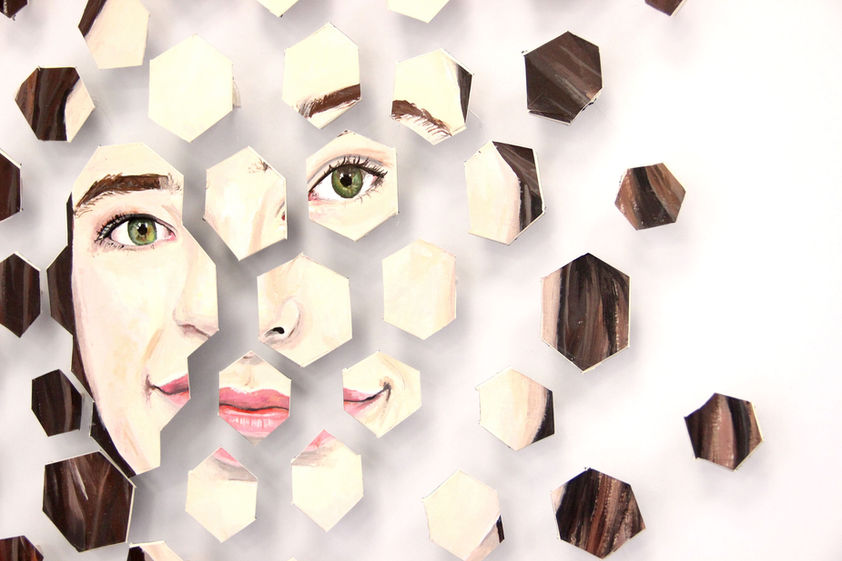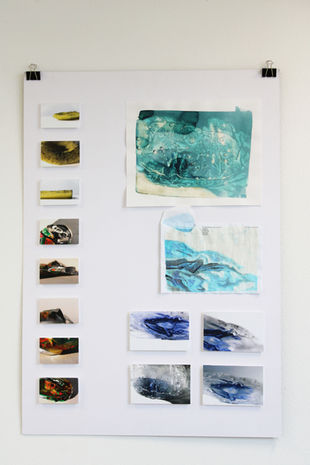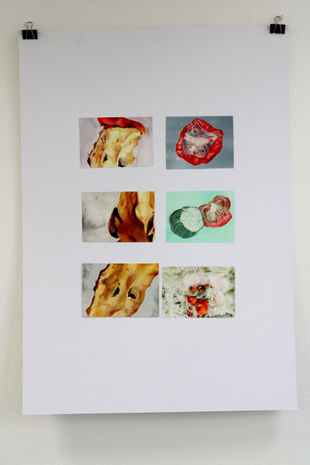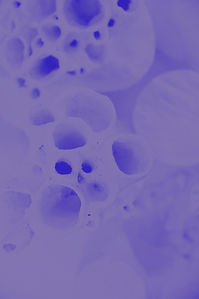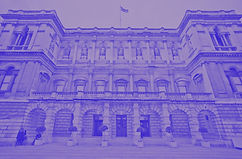Art + Design
Our A Level Art course gives you the opportunity to develop a personal and structured approach to project work. You will explore ideas and materials, develop your critical faculties in both practical and written work and acquire a high level of design and making skills.
This is the most open-ended of the Art & Design courses and enables the most diverse opportunities for exploration of materials, media and ideas. There are a huge range of career options relating to art and design, from architecture to fashion design, film and television to museum work and teaching.
All projects begin with drawing, in the widest sense, and could develop into the areas of painting, photography, three dimensional work, mixed media, fashion design, textile and computer-based artwork. You will study the work of other artists, designers and photographers, including work from primary sources during visits to galleries and museums.

Look.
Ideas
'The idea becomes a machine that makes the art.'
It is ideas that have stood front and centre in the recent history of Art and Design.
Art and Design at Holy Cross mirrors this, as students are encouraged to explore a diverse range of sources, generating practical work where ideas are developed in Art & Design.
We believe that Art can be life-affirming, lifechanging, teachable, learnable, intellectual and an unbelievably exciting way to look at the world.
Documentaries
“I have forced myself to contradict myself in order to avoid conforming to my own taste.”
When it comes to getting inspired, one of the greatest ways to do it is to watch an art documentary – or better yet, artists documentaries. In the history of film, fairly short but more than rich, there are many documentaries that tell the story of an artist’s life, art and inspiration, letting us get an insight of what it’s like to be someone like Banksy, Jean-Michel Basquiat, Ai Weiwei, Louise Bourgeois or Gerhard Richter.

Watch.

Engage.
Visit
'I prefer drawing to talking. Drawing is faster, and leaves less room for lies'
As an artist it is important to stay engaged with the world around you. We are lucky to have access to a large number of galleries and studios from around the world. Take time to explore these institutions and observe the work they display.
FAQ
What is the structure of the course?
In the first year we will do a couple of projects that focus on a specific theme lead by your teacher that can be explored in an open-ended way. In the second year you will do one project that will begin with a starting point of your choice and then you will do a second exam project, where you will choose a starting point from a list suggested by the examining body.
What will I do in the first year?
In the first year the whole class will initially work on the same project. The themes vary from year to year, but will include a range of materials and processes - usually including drawing, print-making, 3D construction, photography and mixed media techniques. You will get the chance to make more individual work, as you develop your own approach, towards the end of the first year and the entire second year.
In the first year - and throughout the course - you will be encouraged to develop the ideas within your work. The idea and intent of your work will be as important as the practical materials and techniques you employ - this will enable you to make the best, most refined, work.
Do I have to look at artist’s work?
Yes! To improve your Art work and your ideas it is essential that you research, analyse and understand the work of other artists. This knowledge will help you to develop your own work and prepare you for studying the subject at university.
You will be introduced to range of historical and contemporary artists and designers in the first year, and you will be taught how to develop good research skills to be able to discover new and relevant artists yourself for your second year projects.
How is studying Art at college different from at school?
You will be challenged to try out new materials and consider new approaches to Art making that you may not have encountered at school. You will have to spend time developing the ideas within your work at a higher level and consider, in-depth, the approaches and methods of other artists.
Studying at A Level requires you to be a more independent learner than at school - you will be expected to be organised and take ownership of the development of your work (especially in the second year) with support and advice from your teacher.
Do I need any specific materials?
We have some general and specific materials that we will provide during the lessons, but you are expected to buy an Art Pack (at a discounted price) from us at the start of the year - this includes your sketchbook and essential materials that every art student should have to be able to engage fully with the work set.
What type of materials and processes will I have to / be able use?
We have some fantastic facilities in college - including a printing press, Macs + laptops, cameras, screen printing, a photographic dark room and studio, which you will be able to book and use as an A+D student. In the second year, when you make work in response to specific starting point of your choice, you will be able to - and will be encouraged to - experiment with a wide range of materials and mediums relevant to your project. In Art, there are a diverse range of outcomes, often including but not limited to, large scale drawings and painting, sculpture (wood, metal, concrete, clay), assemblage, mixed media, printmaking, installation, photography, video and sound. Take a look at our past exhibitions to see examples of student work.

















